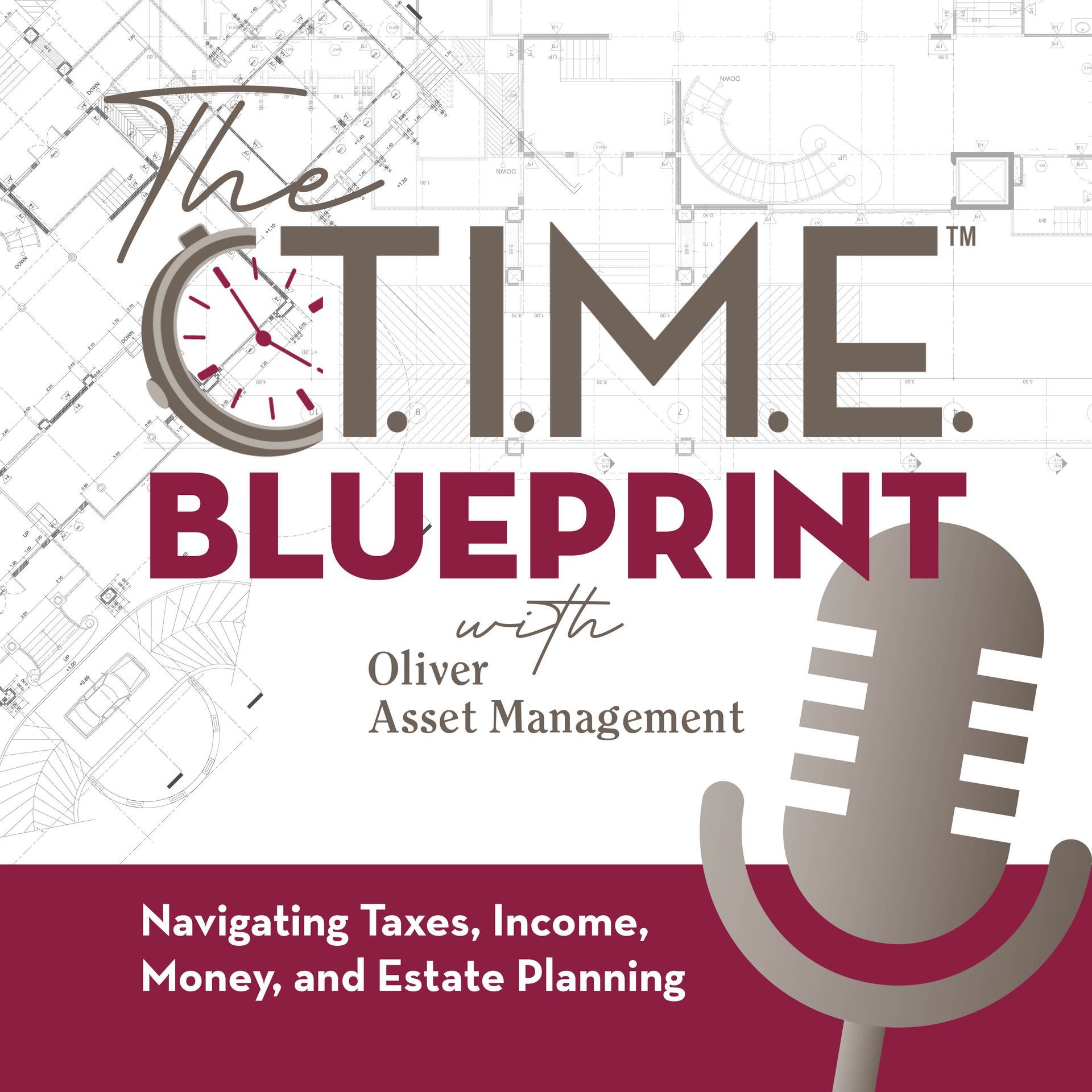If I miss the 60-day deadline for completing an IRA rollover, is there any way to save the rollover
amount from tax? Failing to complete a 60-day rollover on time can cause the rollover amount to be taxed
as income and perhaps subject to a 10% early withdrawal penalty. However, the deadline may have been
missed due to reasons that are not the taxpayer’s fault. Fortunately, for such cases, the IRS has created an
easy, low-cost way to fix late rollover errors. Revenue Procedure 2016-47 enables individuals to self-certify
that they are eligible for a waiver of the 60-day deadline and complete a late rollover
#1: Double check the status of every rollover you attempt.
The yearly contribution limit currently is $7,000 or the amount of the child’s earned income, whichever is less. Any kind of paying work will do: babysitting, waiting tables, and so on. Wages can come from a family business. Note: for a minor child (under age 18 to 21, depending on state law), you will need to set up a “guardian IRA” account. These are now offered by many banks and financial institutions.
#2: See if the reason that your rollover wasn’t completed within 60 days is on the list of 12 circumstances the IRS says may justify a waiver
Examples: financial institution mistake, postal error, death in the family. For a complete list and a copy of the IRS’ sample letter, visit: https://www.irs.gov/pub/irs-drop/rp-16-47.pdf
#3: If the reason for the delay is listed, write a self-certification letter and send it to the administrator or trustee of the employer plan or IRA that is receiving the rollover.
Don’t send it to the IRS. The IRS provides a model letter in the Revenue Procedure, and requires that it be followed on a “word-for-word basis or by using a letter that is substantially similar in all material respects.”
#4: Complete the late rollover as soon as possible after the problem that caused the delay is remedied.
The IRS provides a “safe harbor” period of 30 days that it deems acceptable.
#5: Prepare to be audited
The IRS will know of the late rollover because it will be reported on Form 5498 by the financial institution receiving it. In the Revenue Procedure, it says “a copy of the certification should be kept in the taxpayer’s files and be available if requested on audit.” After an audit, the IRS may still deem you ineligible for a wavier. You may or may not be audited, but remember the high stakes and be ready to justify your position if you are.















